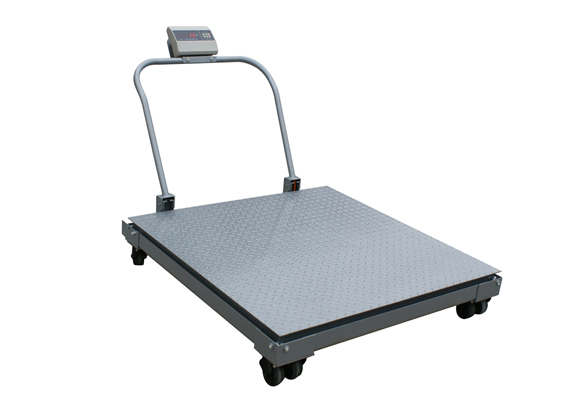Analysis of Electronic Weighbridge Terms
1. What is the rated output (or sensitivity)?
At rated load, apply 1V excitation voltage to the sensor. The output signal of the weighbridge manufacturer at this time is sensitivity, and the unit of rated output (or sensitivity) is expressed in mv/V. In addition, it must be known that sensitivity varies with temperature.
2. What is non-linear?
The percentage of the maximum deviation between the straight line determined by the output value of the empty load and the output value of the rated load and the measured curve of the increased load to the rated output value.
3. What is the meaning of creep? How long is the creep test required?
The percentage of the change of the output of the price sensor of the weighbridge to the rated output over time when the load is constant (generally taken as the rated load) and other test conditions are also constant. The time required for creep test shall not exceed 30 minutes.
4. What is the input impedance?
The impedance value measured from the power supply excitation input end when the signal output end is open and the sensor is not loaded.
5. What is the output impedance?
The impedance measured from the signal output terminal when the power excitation input terminal is short circuited and the sensor is not loaded.
Safety overload ratio - the maximum load expressed as a percentage of the maximum weighing capacity that can be added but will not cause the electronic weighbridge or load cell performance parameters to change beyond the specified long-term.
*Maximum range: refers to the maximum value that can be displayed for the weighbridge design (after the decimal point is omitted)
*Scale value of weighbridge: the weight value corresponding to each scale.
*Excitation voltage: refers to the voltage provided by the display to drive the resistance strain gauge sensor.
*Resistance strain sensor: resistance strain sensor is a component that converts force or weight into voltage.
*Each resistance strain gauge sensor consists of two parts: the first part is a metal part that is linearly deformed according to the magnitude of the force applied - commonly known as an elastomer. The second part is a strain gauge whose resistance can be changed according to the deformation of the elastomer.
*Output ratio of the resistance strain gauge sensor: refers to the ratio of the voltage output from the electronegative strain gauge sensor to the excitation voltage, also known as the output sensitivity of the resistance strain gauge sensor, expressed in mV/V.


